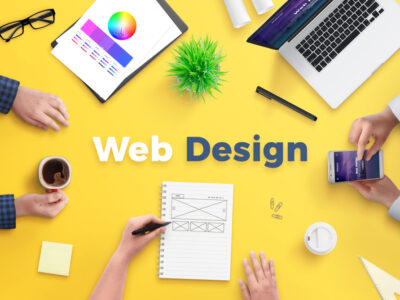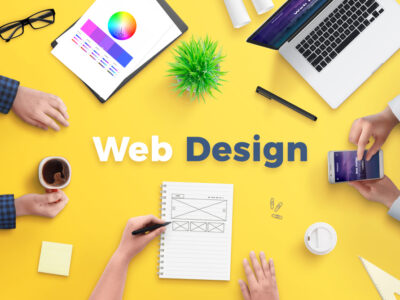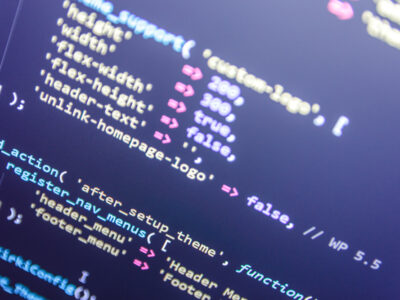 Everyone seems to be discussing the benefits of CSS3 and how it works, and it is understandable. Along with HTML5, the new CSS standard will improve how we design a website, making implementing seemingly simple web elements, actually simple! However, as always with any new Web technology, there are issues with uptake. If we are playing around for awhile with CSS3 then it would be easy to know which browsers that will recognize it and which don’t, for example the still popular IE6 through 8 doesn’t.
Everyone seems to be discussing the benefits of CSS3 and how it works, and it is understandable. Along with HTML5, the new CSS standard will improve how we design a website, making implementing seemingly simple web elements, actually simple! However, as always with any new Web technology, there are issues with uptake. If we are playing around for awhile with CSS3 then it would be easy to know which browsers that will recognize it and which don’t, for example the still popular IE6 through 8 doesn’t.  Fortunately IE9 will.
Fortunately IE9 will.
CSS3 is very easy to learn, especially for typical web developers who have been using CSS2 for many years and simply seek to add a couple of extra aesthetics to their websites. If you know CSS2 then you will simply be building on an already familiar language. You will not have to re-learn anything or adopting a different coding style.
CSS3 is also easier to learn because, it is much more logical. CSS in its original form is already very literal, but with lots of various libraries and Javascript functions CSS3 is a lot smaller.
Size
Just like what have been mentioned previously, CSS3 is much smaller. It is tiny in comparison with most web programming languages and you don’t have to incorporate extra Javascript documents to do various tasks, which mean you will be making less HTTP requests and the page loading times will be much faster. Loading times is now factored into the Google SERP to encourage developers offer a better user experience.
Implementation
CSS3 is easily implemented to a standard stylesheet and you won’t need even one extra file. This means it would not be necessary to link to various files and libraries full of complicated codes in the <HEAD> section. This also makes site management a lot easier as there are less code snippets that can bring unexpected bugs.
Accessibility
It is important, especially if you’re designing sites that are likely going to be visited by many disabled users. CSS3 is already a part of W3C Standards and it is entirely accessible, no matter what tools you’re using to browse the web. Now, accessibility goals are also directed for fully-able visitors. Fully-able users should be able to access the entire website unimpeded by poor design and implementation.
Validation
As it stands, the new CSS version doesn’t validate, but that is just because CSS3 is not finished yet. CSS validation does not really matter anyway (except for those who still insist on putting little badges in their page footers). Of course, it will validate eventually, and we will be happy for that.
Browser Compatibility
Because CSS3 is still very new, JQuery is actually significantly more cross-compatible, particularly with old browsers. Javascript technology has been around for more than a decade and it would be possible to code reasonably well for older but still popular browsers like IE6. CSS3 still offers very limited compatibility to current mainstream platforms. However, a small app called as PIE, may allow Internet Explorer 6 through 8 to render several CSS3 most interesting features.
These include:
* box-shadow
* linear-gradient as background image
* border-radius
* multiple background images
* border-image
Although the app doesn’t bring all the potentials of CSS3, it will definitely entice more people to adopt CSS3.
Documentation
JQuery has been quite popular since its release in 2006, there is plenty of documentation covering its functionality. Of course you can visit the JQuery website, and there are literally many thousands of JQuery tutorials all over the web. It’s nice because a simple Google search may show us ways to apply your ideas quickly.
CSS3 isn’t widely documented yet, although many are talking about it and talking about basics on their websites, but as it’s not yet mature and the information is quite limited.
Versatility
Certainly, the main argument of this whole article comes down to this: you will find JQuery much more versatile than CSS3. It will do almost everything, plus whole lot more… If you need to put some crazy page animations, really interesting cross-fades, or drag and drop divs, or other innovative things then JQuery is the best choice. Enough said.
CSS3 is developed for a specific purpose, and probably in a few years after some major updates, it may rival JQuery in its versatility. It’s a good idea to start researching and using CSS3 in your site, because as web developers we’re supposed to push the limits of what is possible and not be constrained by discrepancies.
With continuous updates, JQuery will be available in many years from now. With different useful libraries such as Prototype and MooTools, its possibilities are simply infinite.










Comparing CSS3 to jQuery is like comparing chalk to cheese!
CSS3 may support animation through transitions but any similarity ends there. Also prototype and mootools are libraries in their own right, not a part of jQuery.
Agreed. Comparing A JS library is – if used for styling – good for fallbacks at most, not for the styling itself. At least it should not be used as the main tool to style…
I think we should develop under the assumption that HTML5/CSS3 if fully compatible and create fully functional fallbacks to CSS2 & HTML4.1/XHTML1.1 that DO NOT compromise on the sites functionality nor on it’s design. It is to early to compromise on these things in fallbacks.
Further Fallbacks towards even older technologies may be necessary for some of us, but are usually useless. For these things I like to recommend modernizr, it enables one to detect the current user clients’ capabilities and create intelligent fallbacks or even fallback systems.
I agree…this article is really horrible and promotes misinformation. CSS and jQuery are completely separate animals beyond basic aesthetical functions of CSS. A better article would not be comparing the two but showing how the two working in tandem is a truly revolutionary way to design.
Next time, do CSS3 & jQuery vs. Flash and you’ll have a much more interesting and factually correct article.
Why the hell are you comparing an apple with banana? For holly heaven’s sake do there is not way in any holly freaking multiverse to compare a style sheeting with jQuery! I just read the title of article and blew of ma head!!! Wat were you thinking? You should probably start comparing HTML with Linux too (I mean what the hell; jQuery can’t do anything without CSS no matter if its CSS2 or CSS3)
I think both CSS and jQuery are very useful, but I do love the smooth and elegant designs jQuery offers.
Great info on this post. Bookmarked it! Will come back again…..